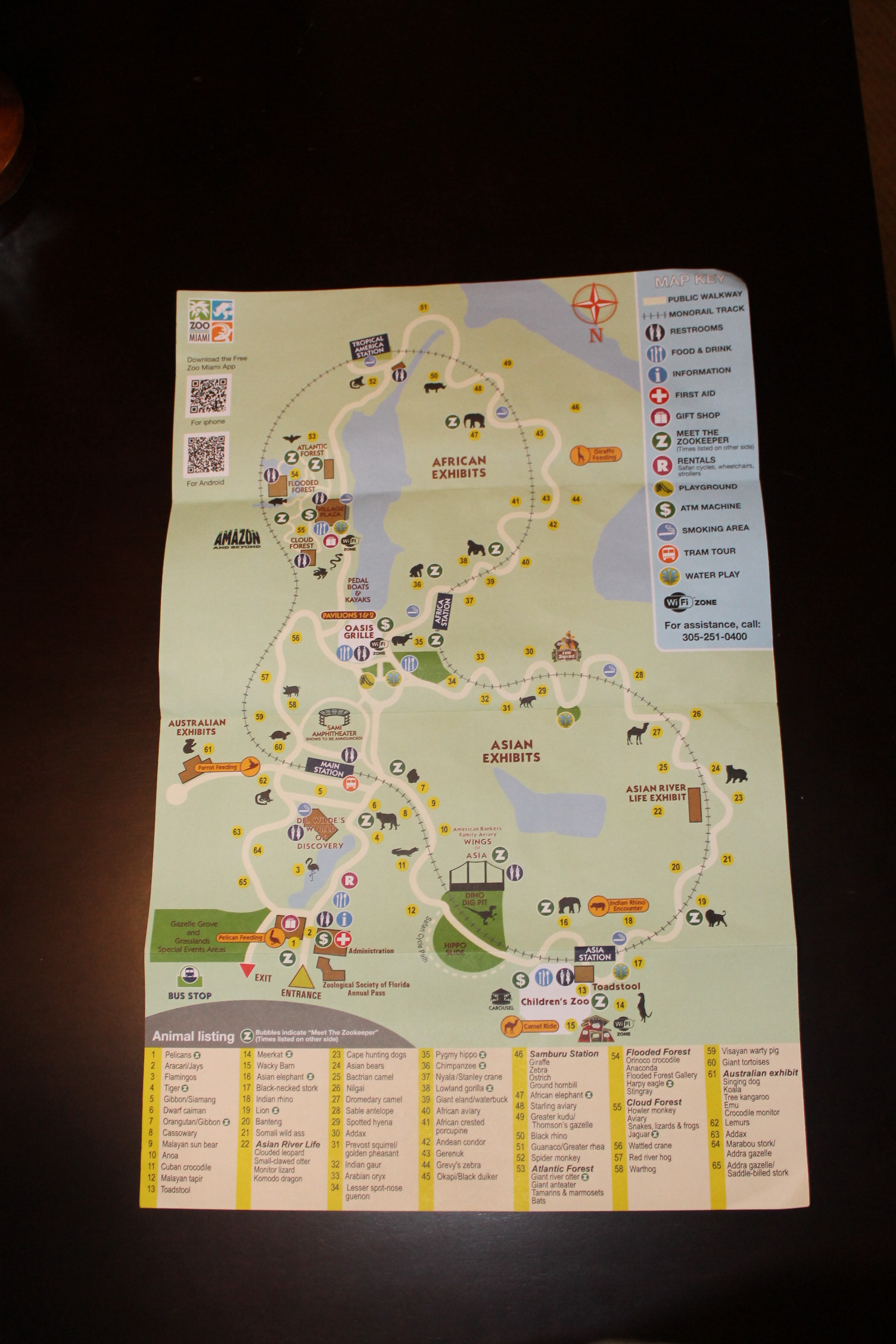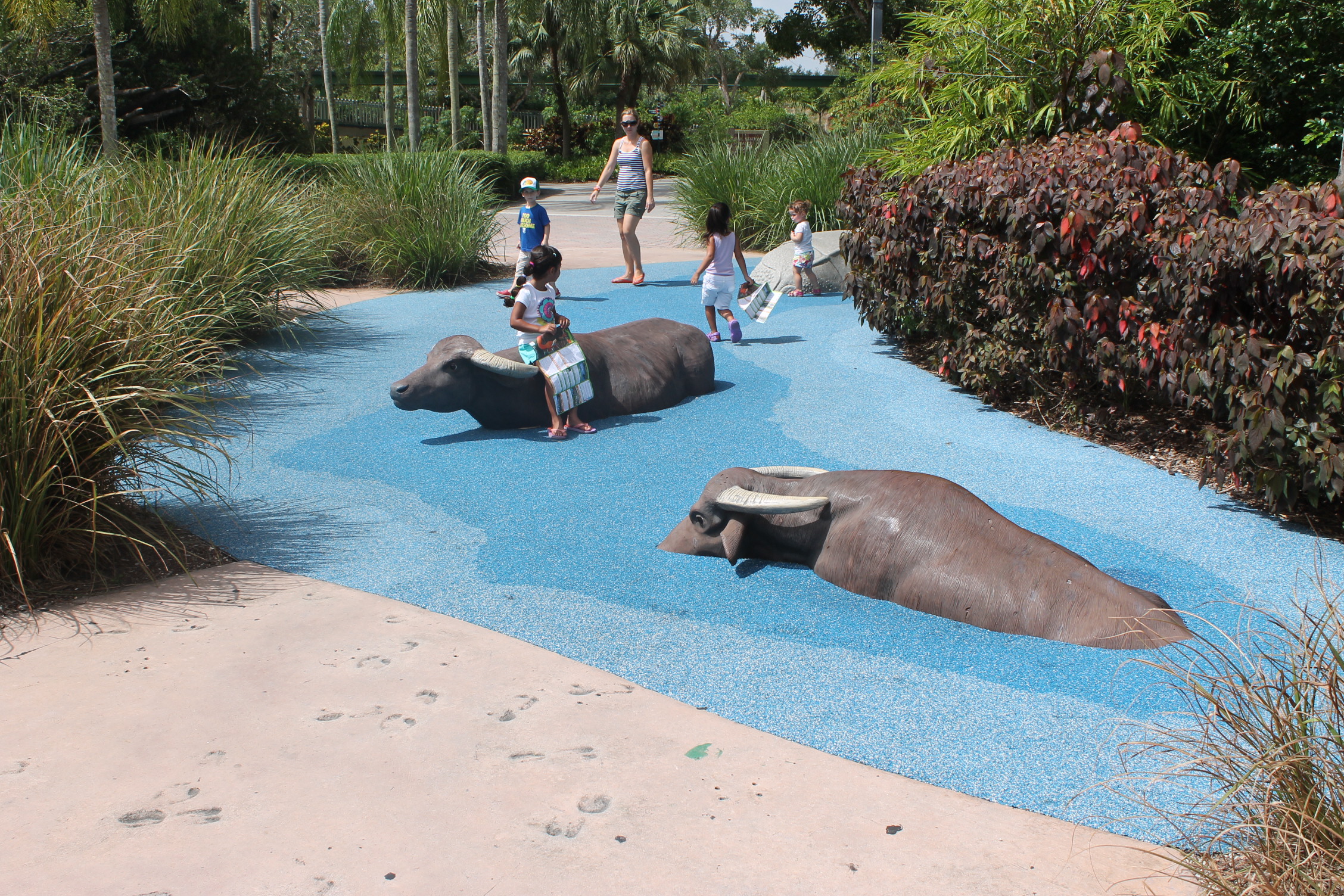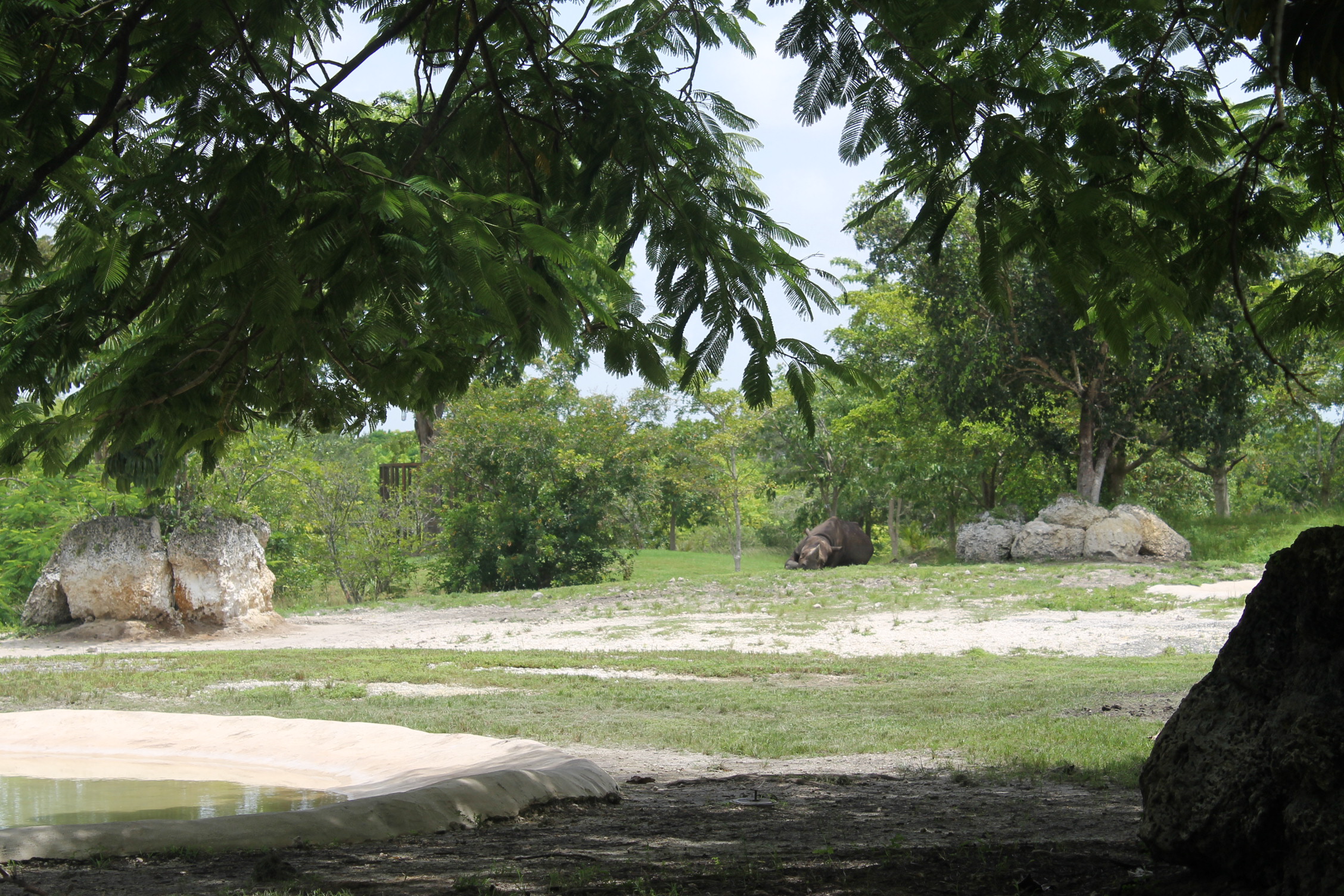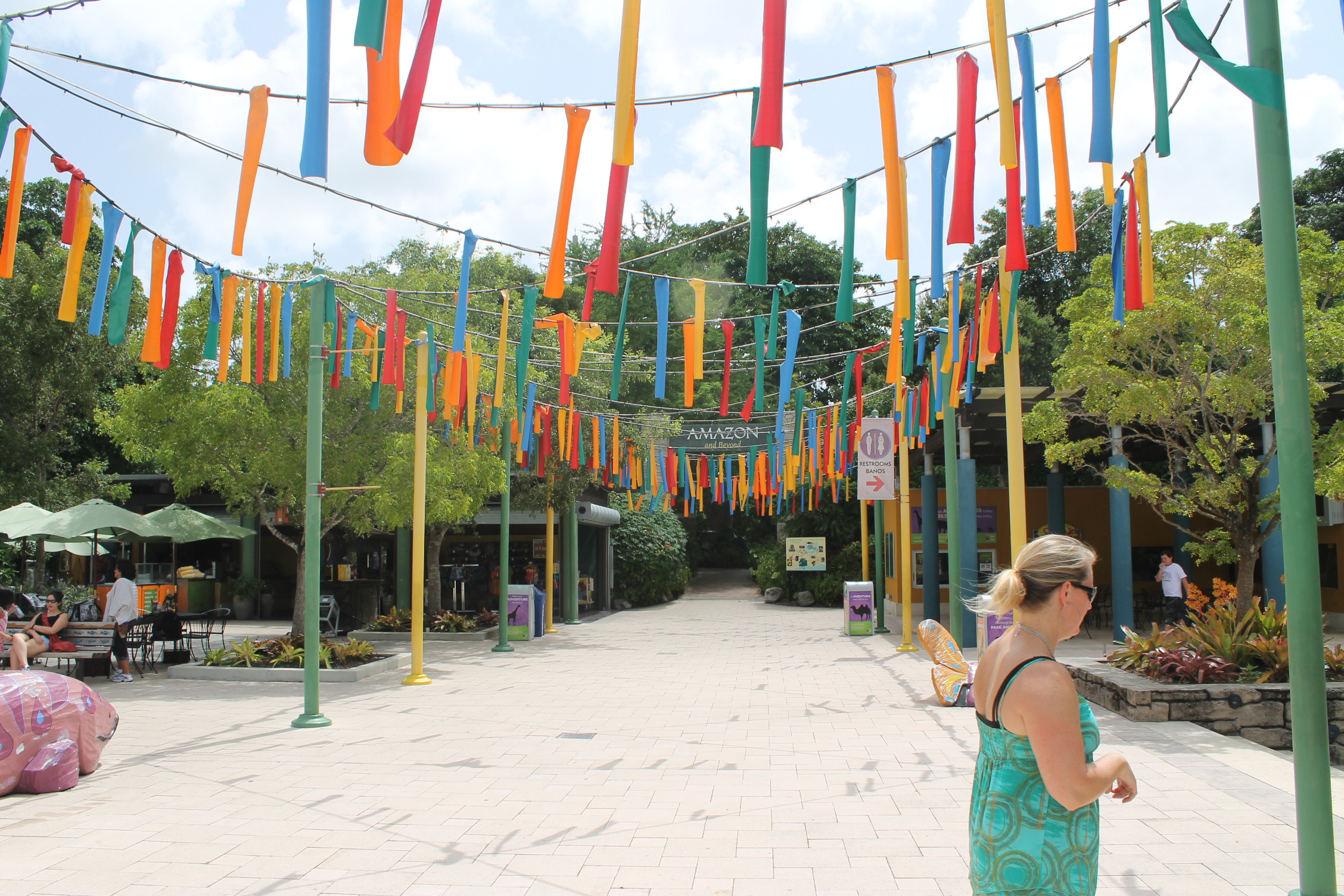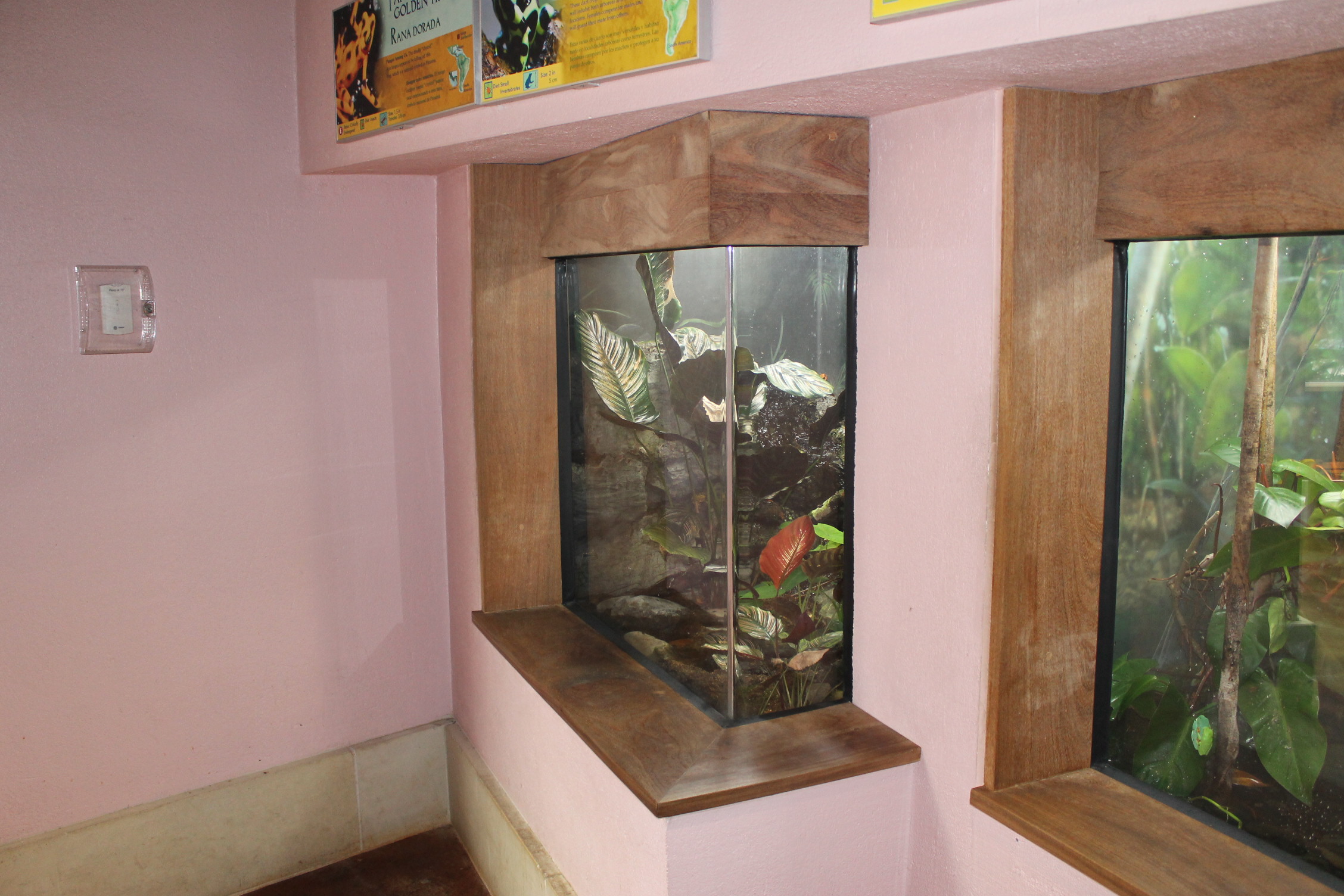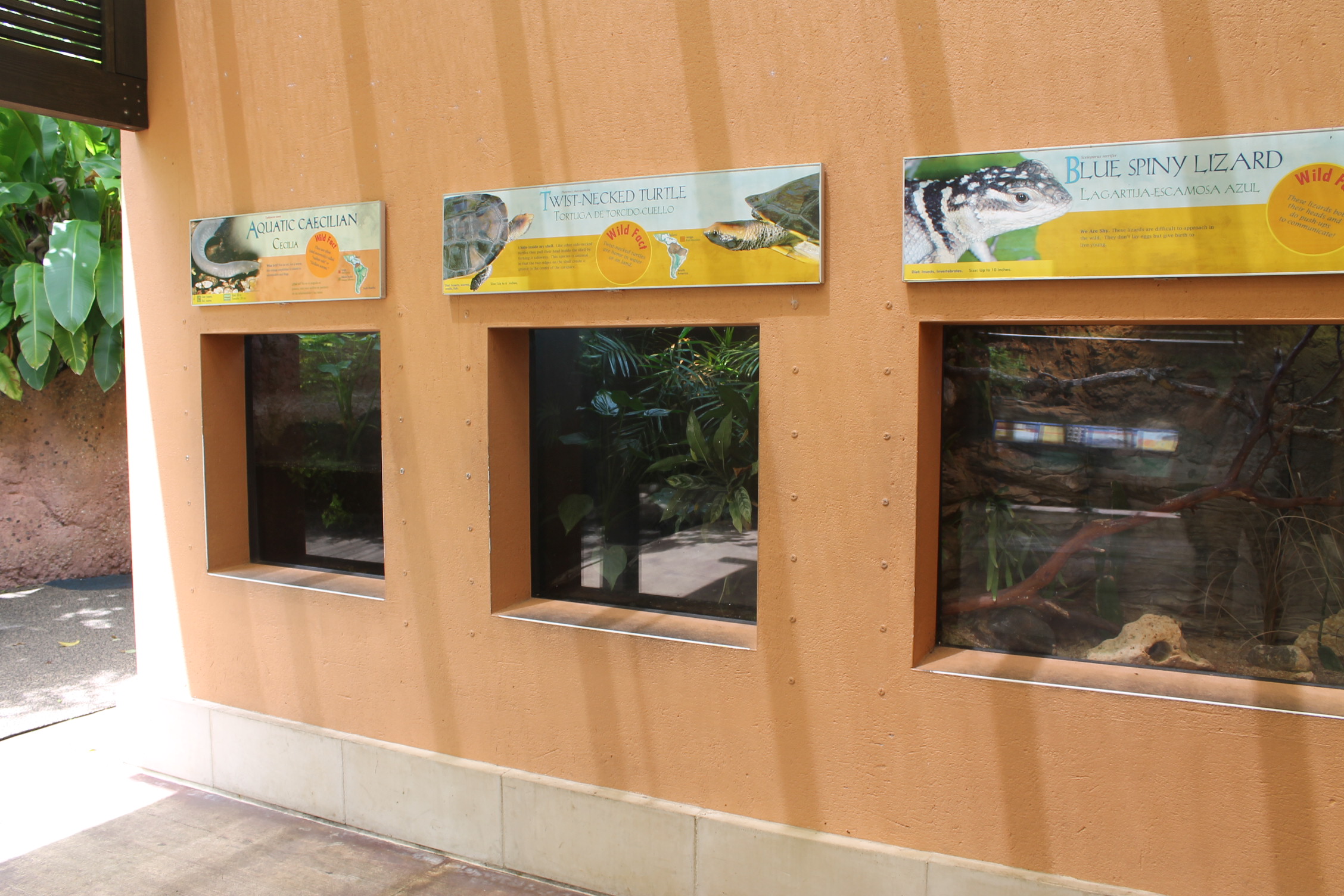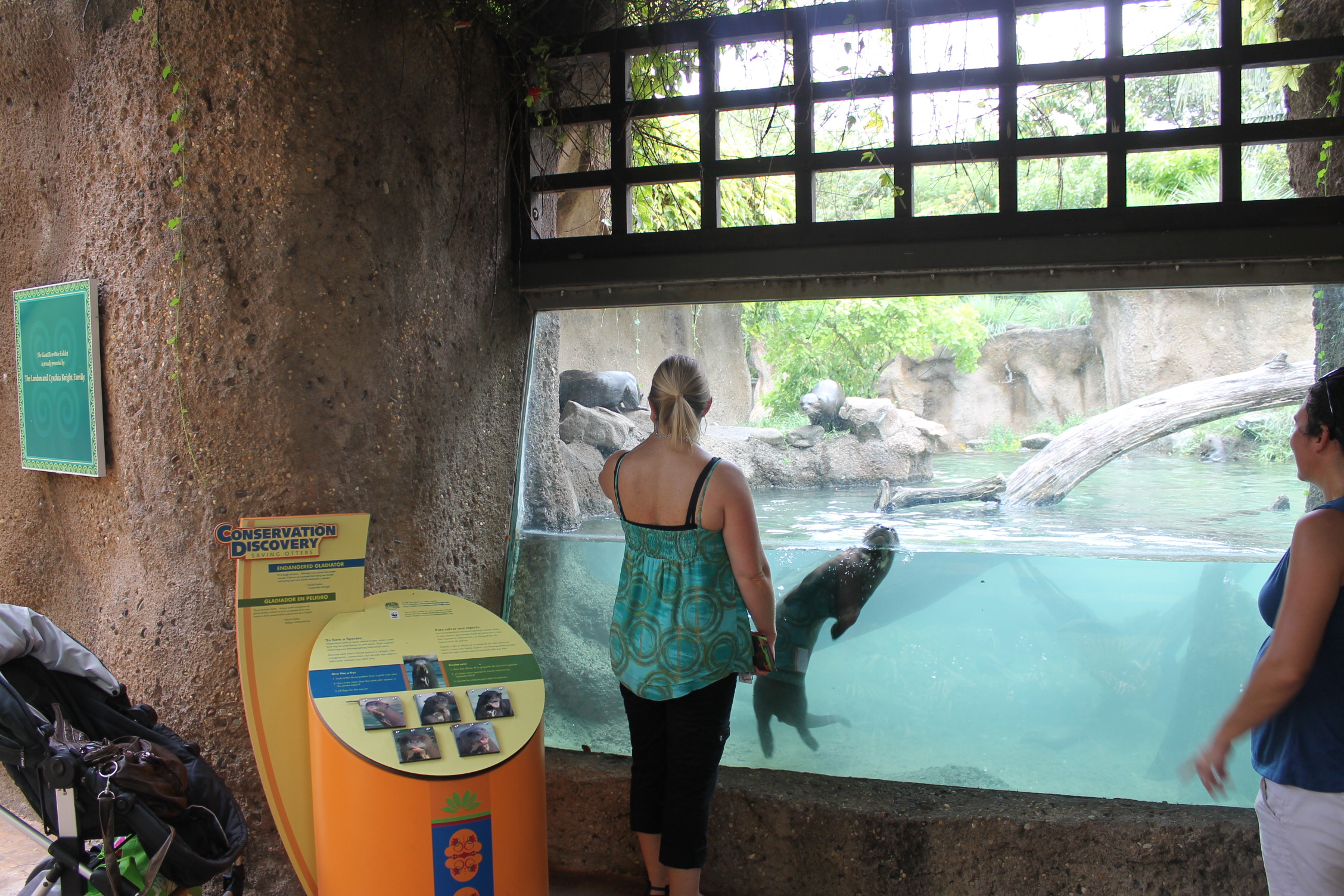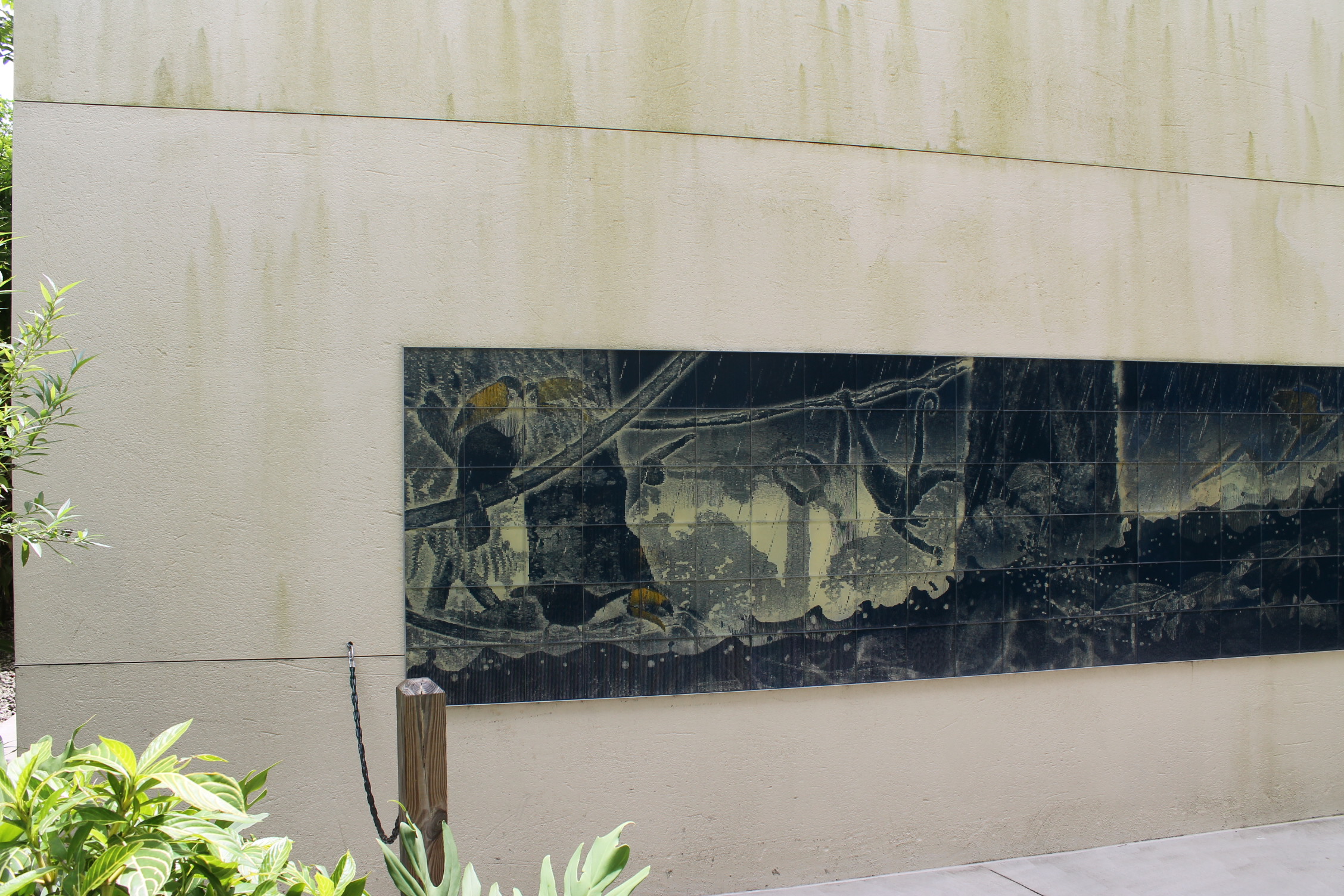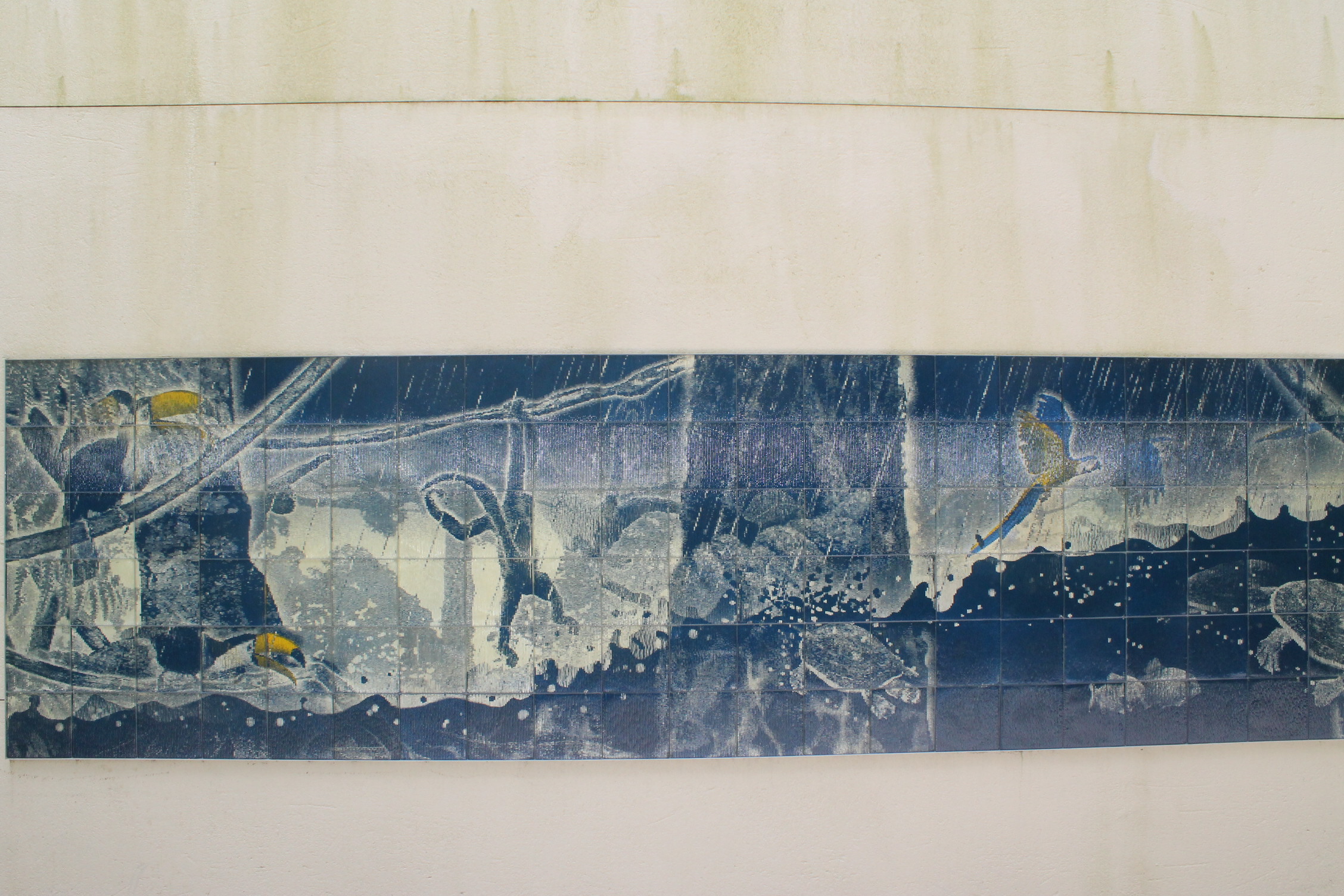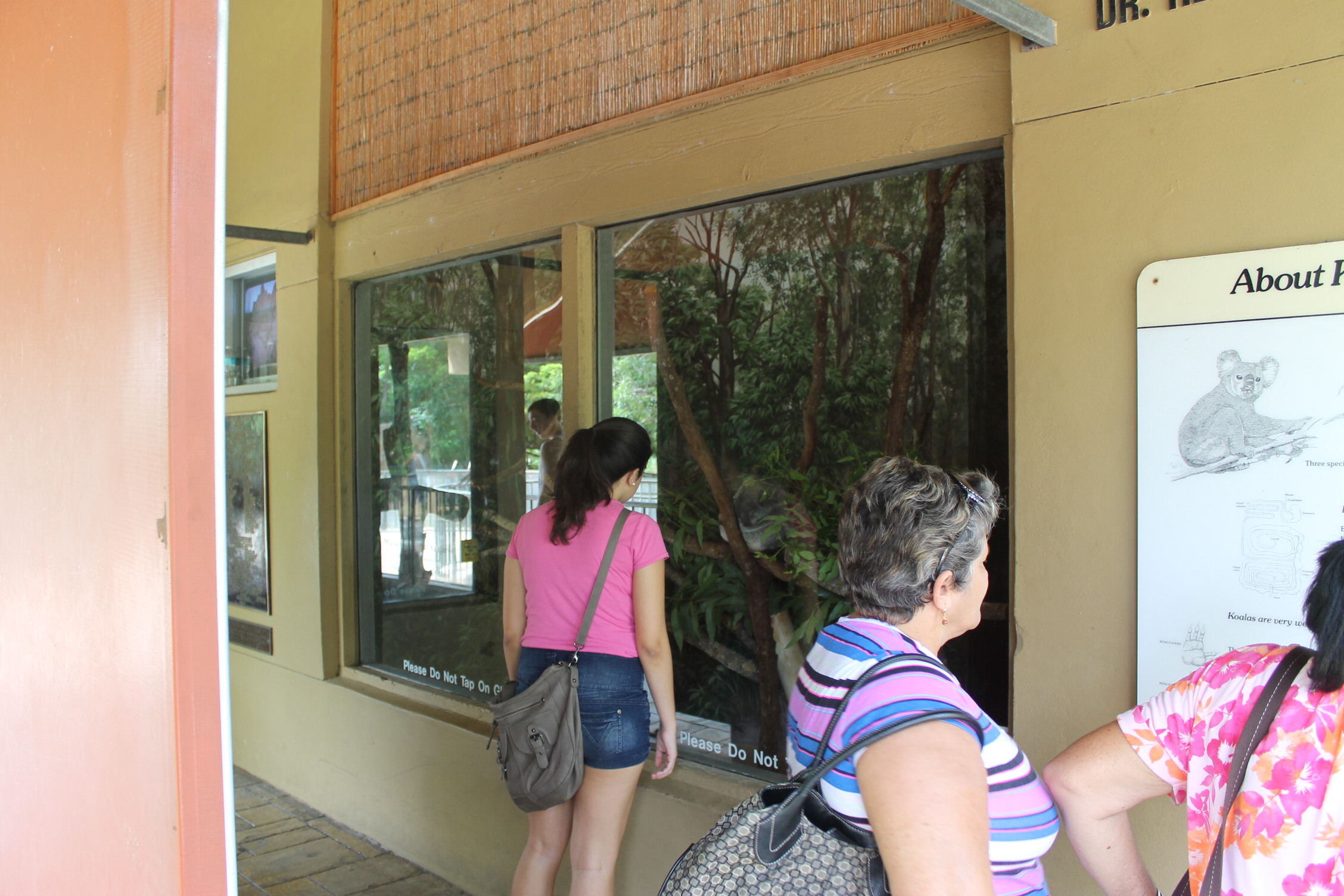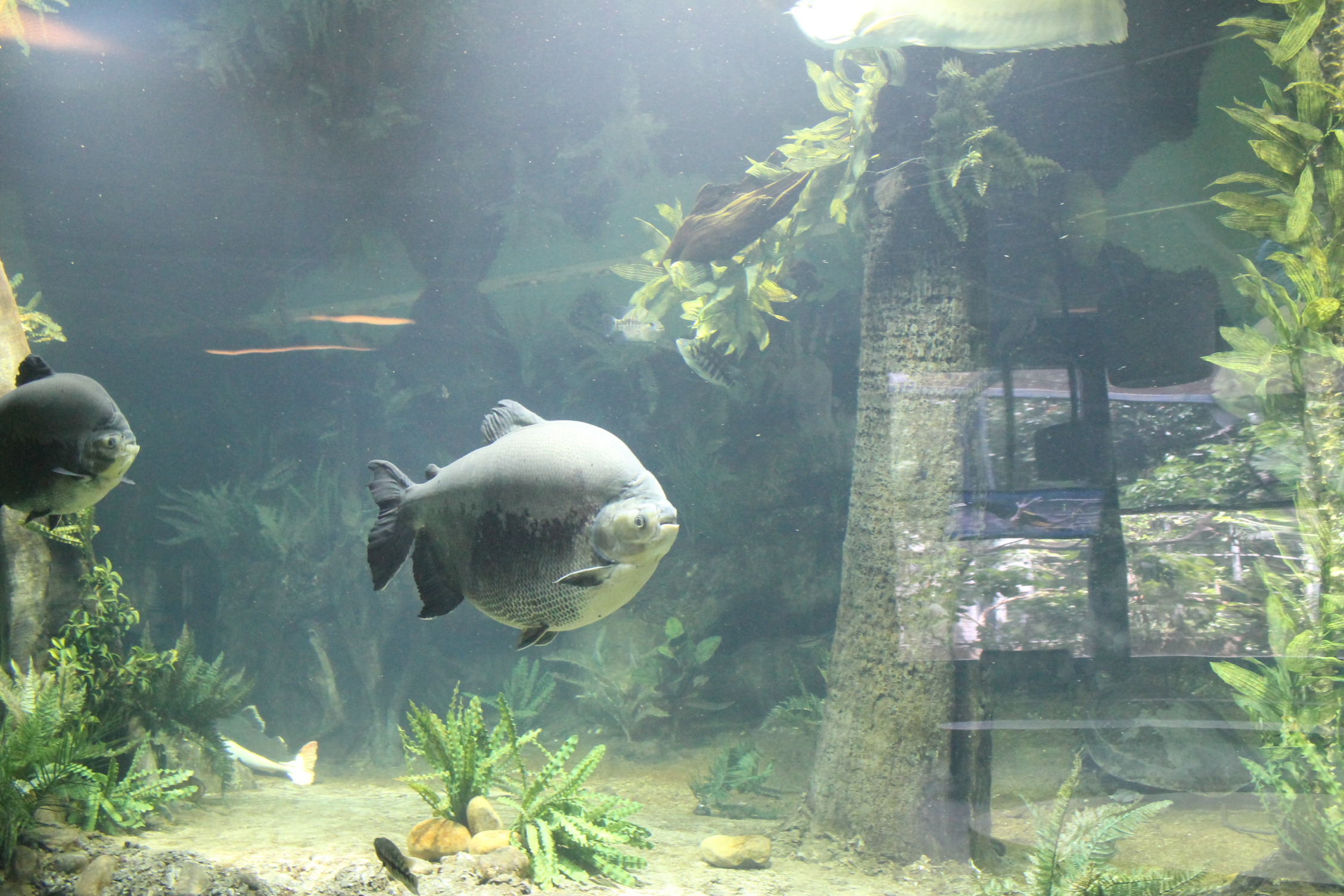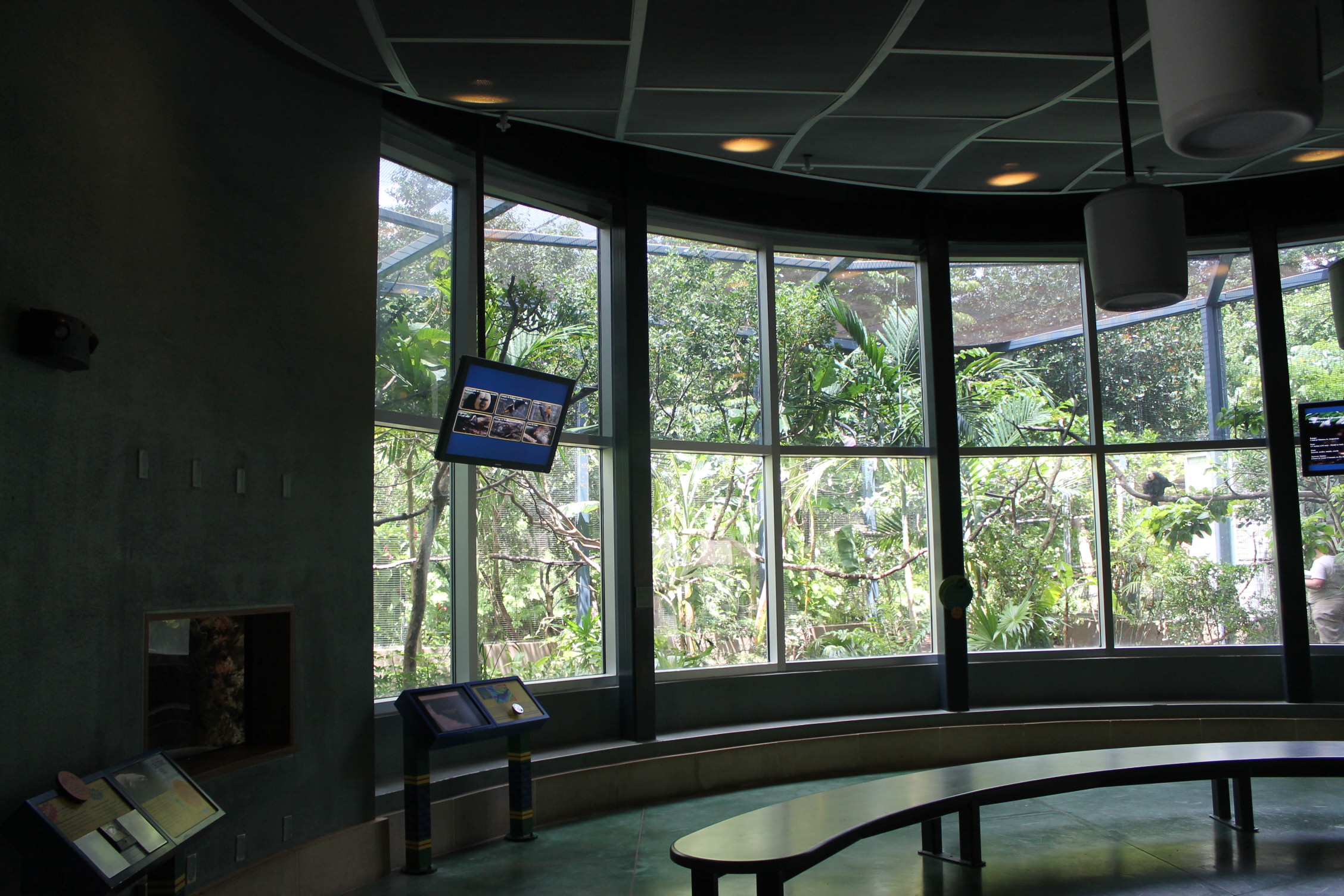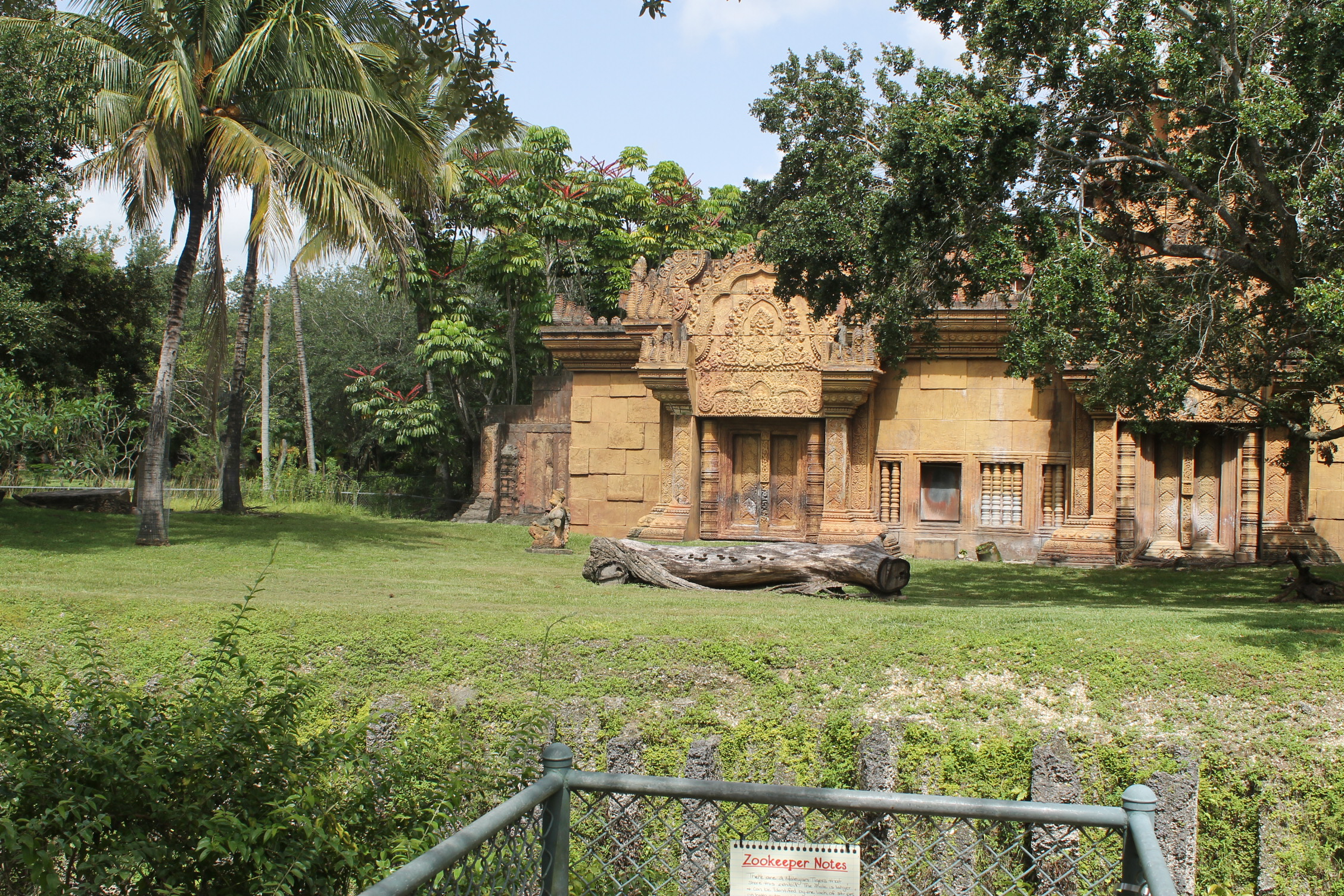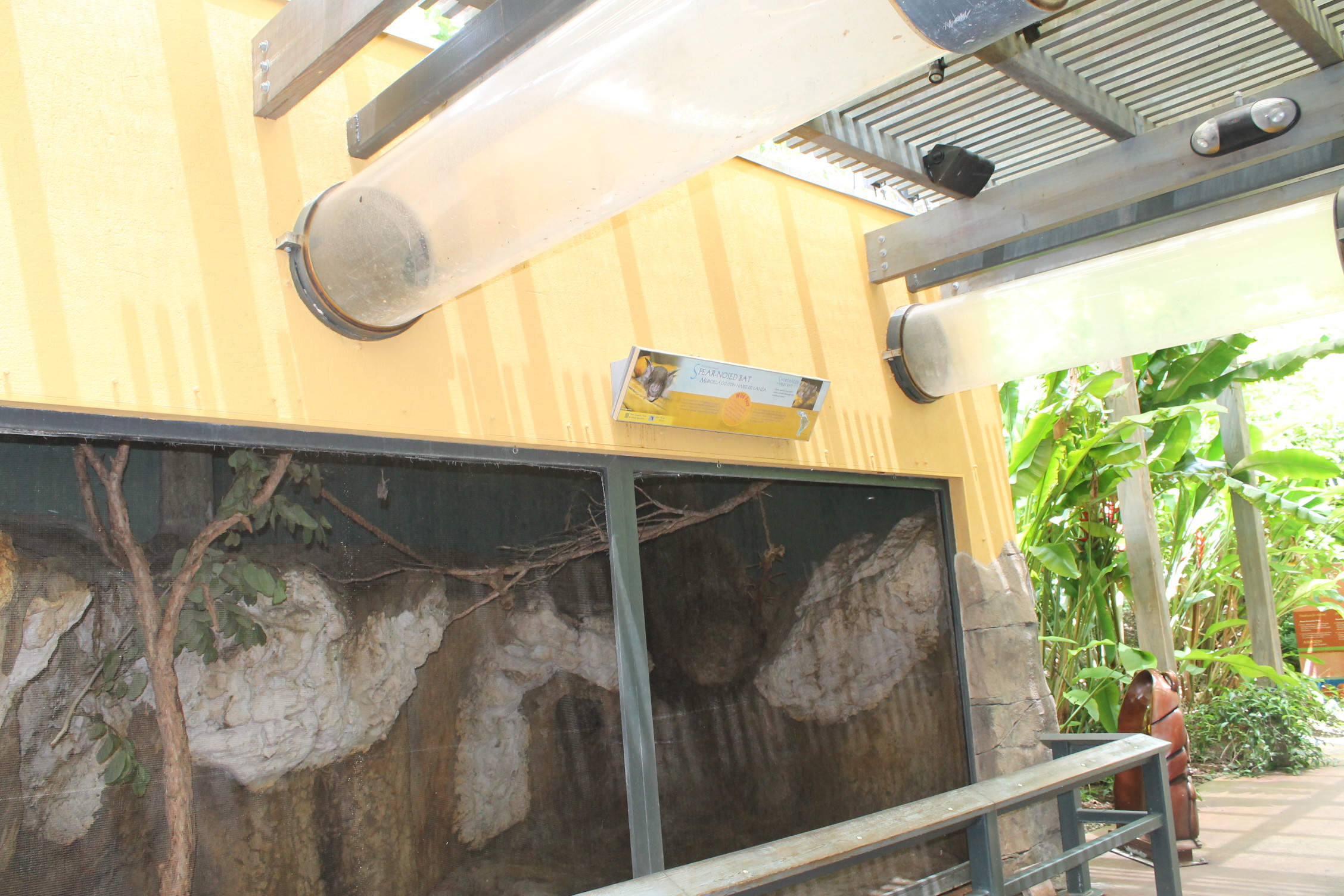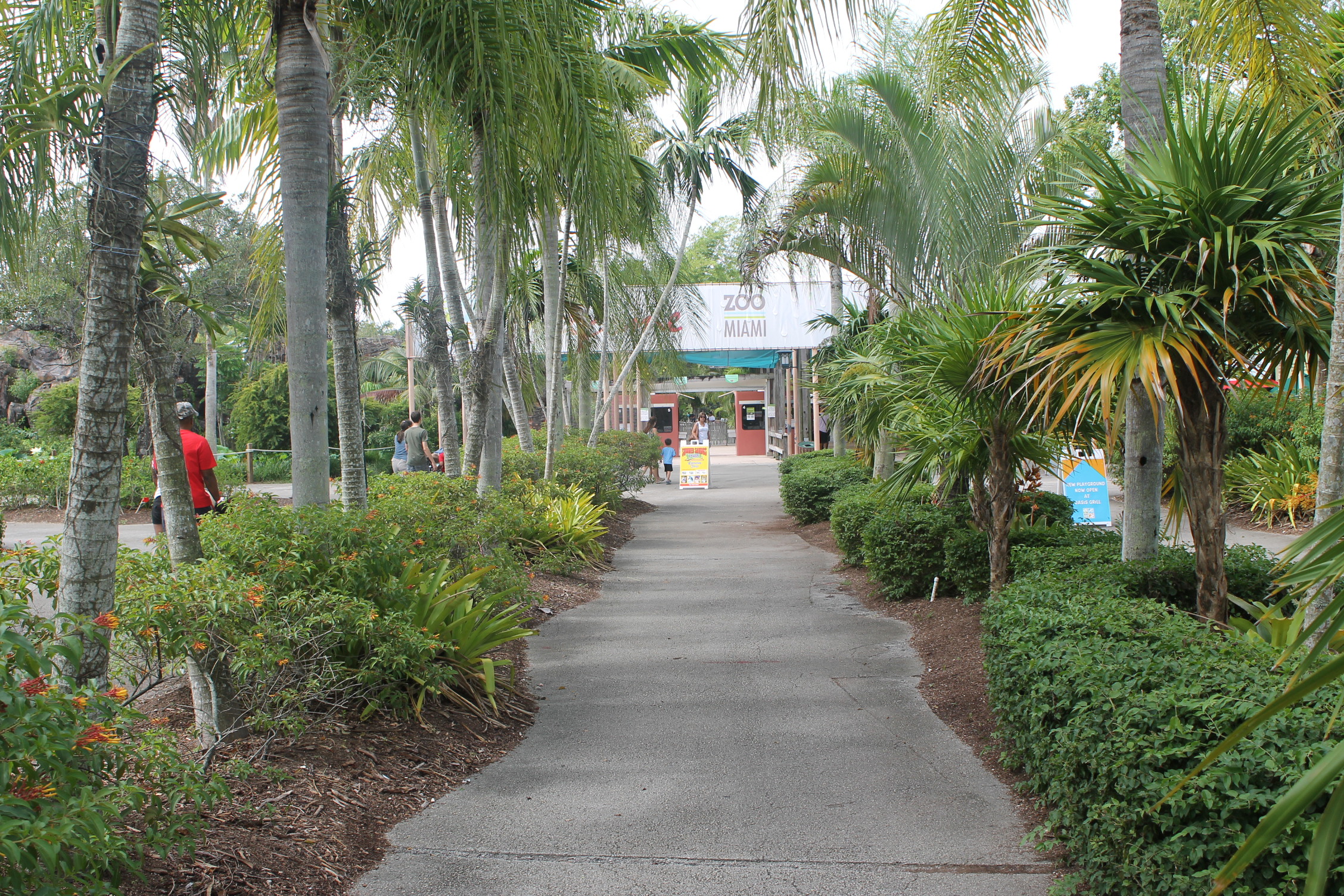 Admittedly, I hadn't heard much about Zoo Miami previous to my visit last week. And because of that, my expectations were quite low. Boy was I surprised!
Admittedly, I hadn't heard much about Zoo Miami previous to my visit last week. And because of that, my expectations were quite low. Boy was I surprised!
The Zoo is thoughtfully laid out in a bow-tie or figure 8, with the entry and exit occurring from a central 'tail' at the intersection of the 8. I like this basic configuration as it benefits both the guests, in terms of easy wayfinding, and the zoo, in possible revenue generation. By placing the Zoo's main dining location at the central intersection, guests pass by at least twice daily, and possibly up to 4x.
The main dining area is surrounded by a large play area with water play, as well as lovely views to a natural lake. Both water play and water views are an essential part of the Zoo's identity--and set it apart from many I've visited. Many opportunities for sprays and mists are found throughout the Zoo, which I am imagine are essential in the tropical locale.
Although the history of the Zoo spans to the mid-1950s, the physical zoo we now know opened in the early 1980s. One of the largest zoos in the country, Zoo Miami boasts over 320 developed acres with an additional 400 acres untouched. Its a large zoo, and in 2.5 sweaty hours, I only saw the northern loop.
Because the zoo is relatively young, its original design has remained basically intact. Following the trends in exhibitry of the late 1970s to the early 80s, the zoo is experienced, by and large, via a wide main path (the figure 8 mentioned previously). Along this path, exhibits are stacked providing prototypical long unobstructed viewing associated with that time. However, since then the exhibits have mostly been updated (EDIT: Exhibits were in fact designed this way originally!) to remove the back fences providing beautiful long, uninterrupted views, sometimes into adjacent exhibits. This is especially effective in the rhino exhibit, where elephants can be seen roaming in the distance.
Zoo Miami recently underwent a master plan with the resultant Amazon & Beyond exhibit opening in December, 2008. This exhibit, designed by Jones & Jones and EDSA, encompasses several habitat types and features a multitude of species including jaguars, giant river otters, monkeys, birds, and reptiles. The exhibit is over 27 acres, cost $50 million, and includes both indoor and outdoor exhibit experiences. The exhibit is overall well done, but did leave the impression that, as with most projects, the initial design was over-ambitious and over budget--causing some unfortunate, and questionable, cuts.
For example, the small animal exhibits were abundant. In fact, each habitat type must have been supported by at least 6 small, or jewel, exhibits as well as several bird exhibits. However, these exhibits felt almost aquarium-like--flat walls with signage above a square viewing window. These exhibits, shamefully, did not draw me in, and after about the 8th jewel case, I started walking by them completely, eyes glazed over. I would've suggested a cut to the species list in favor of a more thematic guest experience, drawing in the guests to a few featured exhibits rather than the repetitive cases.
I would like to point out a cool little design at the jaguar exhibit, where between two outdoor yards, the cats are able to transfer over head. The jaguars also had a nice pool with a semi-underwater viewing window. Unfortunately for me, they weren't on exhibit while I was there.
The giant river otter exhibit was also nicely designed with both overwater and semi-underwater viewing. Of course, it didn't hurt that they'd just been fed when I arrived, so were characteristically energetic and entertaining.
The zoo has a lot of space for growth. So much so that the long walks between exhibits became cumbersome and tiring, despite the beautiful tropical landscape and non-exhibit hidden gems, like thematically inspired sculpture. However, I commend Zoo Miami for taking advantage of this possible detriment by providing various forms of transport for a small fee. My favorite was the Safari Cycles--vehicles reminiscent of Model T cars requiring the riders to power by pedal. The zoo also has a Monorail--which I didn't see in use, and tram tours.
Overall, a very nice experience and one that apparently many Miami tourists miss. With annual attendance slowly nearing the 1 million mark, Zoo Miami certainly has the opportunity for growth within its market with targeted strategies directed at the South Beach set. Perhaps the upcoming Florida: Mission Everglades exhibit will increase awareness of the zoo, allowing them to break free of their stigma as a local attraction--as I do believe they could double their attendance with the experience they currently offer.


